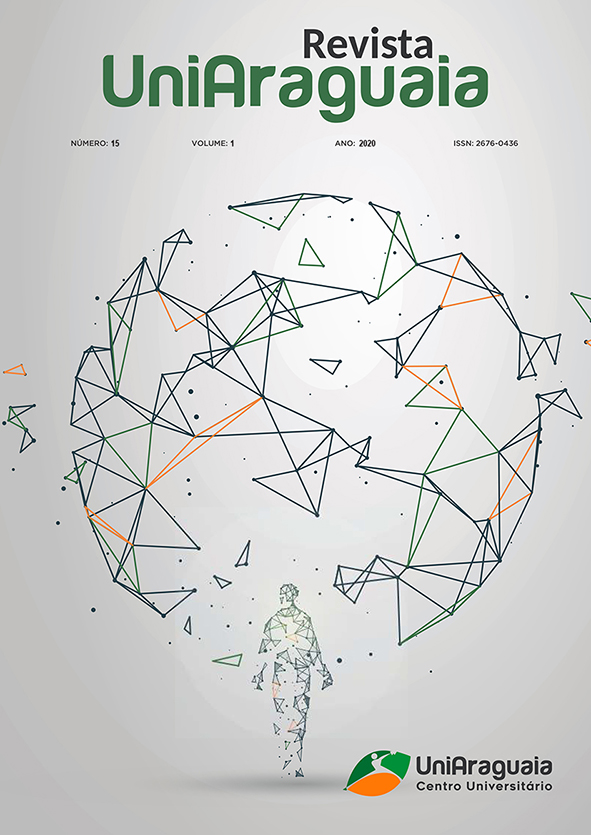ANÁLISE DA INFLUÊNCIA DA INTERAÇÃO SOLO-ESTRUTURA NO DIMENSIONAMENTO DE EDIFÍCIOS MULTIPAVIMENTOS EM CONCRETO ARMADO
Keywords:
interação solo-estrutura. Fundações. Redistribuição de esforços. TQS. SISEsAbstract
Durante a elaboração de projetos estruturais e de fundações, por meio do método convencional, supõe-se que o conjunto de elementos de fundação seja capaz de garantir a indeslocabilidade da base dos pilares. Dessa forma, em geral o papel das fundações acaba sendo negligenciado na avaliação do comportamento estrutural. A análise da interação solo-estrutura (ISE) surge, então, como uma alternativa que visa integrar a superestrutura, fundações e solo em um único sistema, de maneira que seja possível verificar os efeitos ocasionados pela interação dos edifícios com o maciço de solos sobre o qual são construídos. O presente trabalho, portanto, tem por objetivo analisar a influência da consideração da ISE no dimensionamento da superestrutura, em comparação ao método convencional de dimensionamento estrutural, por meio do emprego do Sistema de Interação Solo-Estrutura (SISEs) desenvolvido pela TQS Informática ®. A partir dos resultados obtidos, percebe-se que há alterações no fluxo de cargas, ocasionando redistribuição dos esforços atuantes nos pilares. Além disso, nota-se que as condições de estabilidade global são alteradas, havendo aumentos nos valores do coeficiente γz e dos deslocamentos laterais dos edifícios após a consideração da ISE. Por fim, percebe-se, ainda, que os efeitos da ISE são diferentes para os dois tipos de fundação (blocos sobre estacas e sapatas) avaliados neste estudo.
Downloads
Published
Issue
Section
License
The copyright of the published articles will be transferred to the Uniaaraguaia Magazine, allowing its subsequent reproduction as transcription and with due citation of source. In the event of acceptance and before the publication of the article, the plaintiff (s) shall write a statement formally transferring copyright to the magazine.
The author may also print and distribute copies of his article, provided that he mentions that the rights belong to the Uniaaraguaia Magazine.
Author rights include the right to reproduce in full or partly by any means, distribute this article, including figures and photographs.
By submitting originals to the Uniaaraguaia magazine, the author or authors express agreement with the following terms:
a) Authors maintain copyright and grant Uniaraguaia magazine the right of first publication, with the work simultaneously licensed under the Creative Commons Attribution license that allows the sharing of work with recognition of the authorship and initial publication in this magazine.
b) Authors are authorized to assume additional contracts separately, for non-expiration distribution of the work version published in this magazine (eg publish in institutional repository or as book chapter), with recognition of authorship and initial publication in this journal.
c) Authors are allowed and are encouraged to publish and distribute their work online (eg in institutional repositories or on their personal page) to any point before or during the editorial process, as this can generate productive changes as well as increase the impact and citation of published work.

